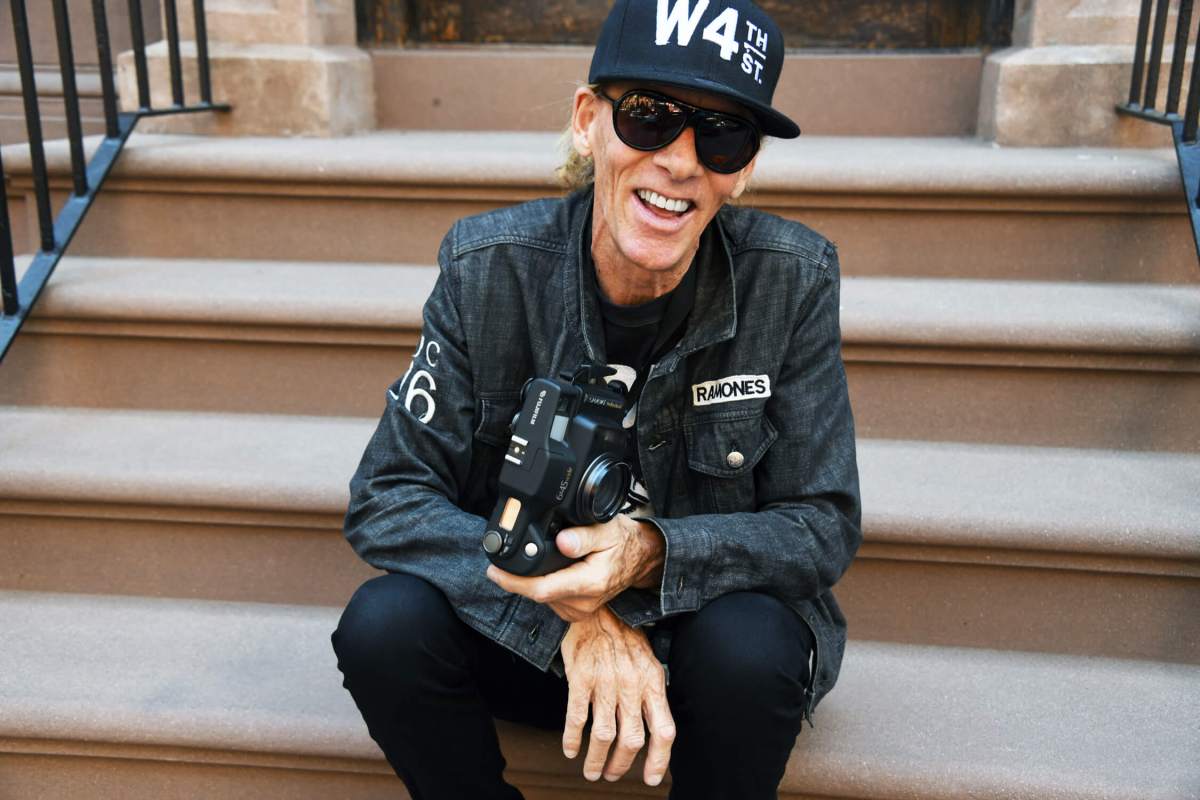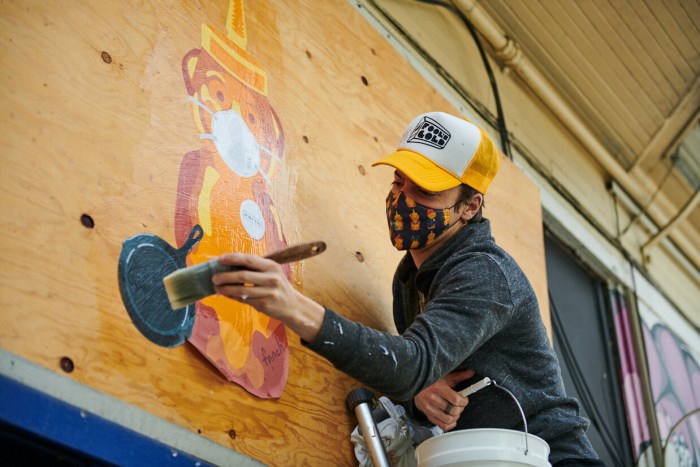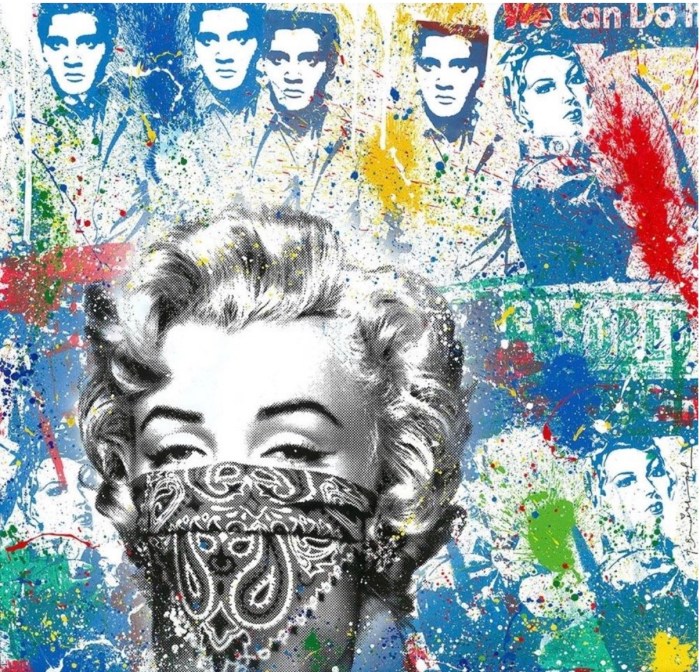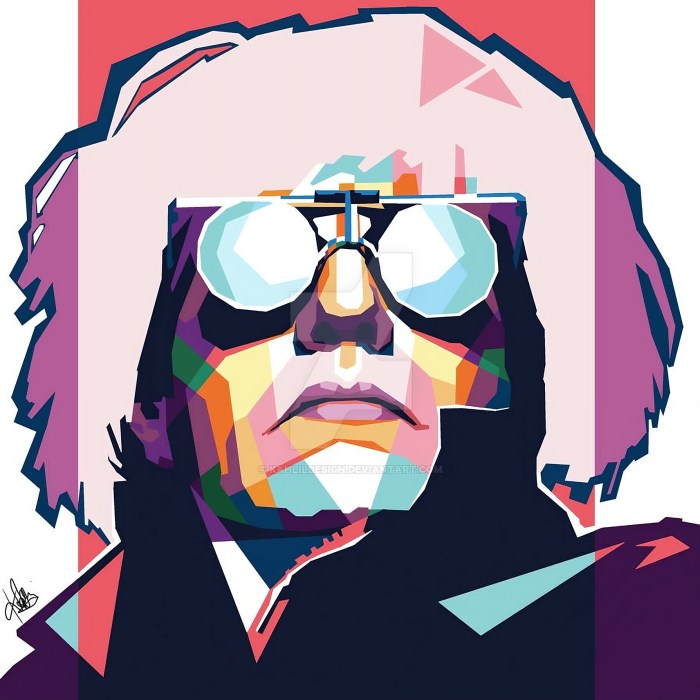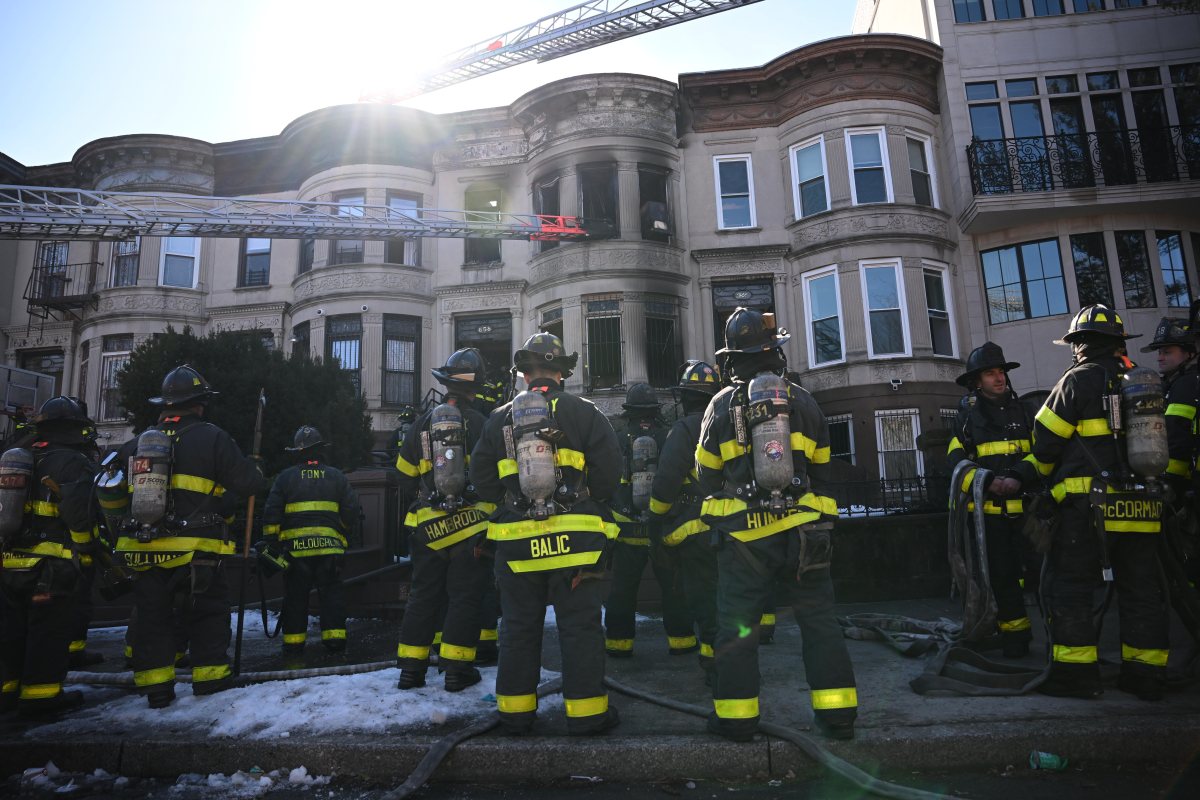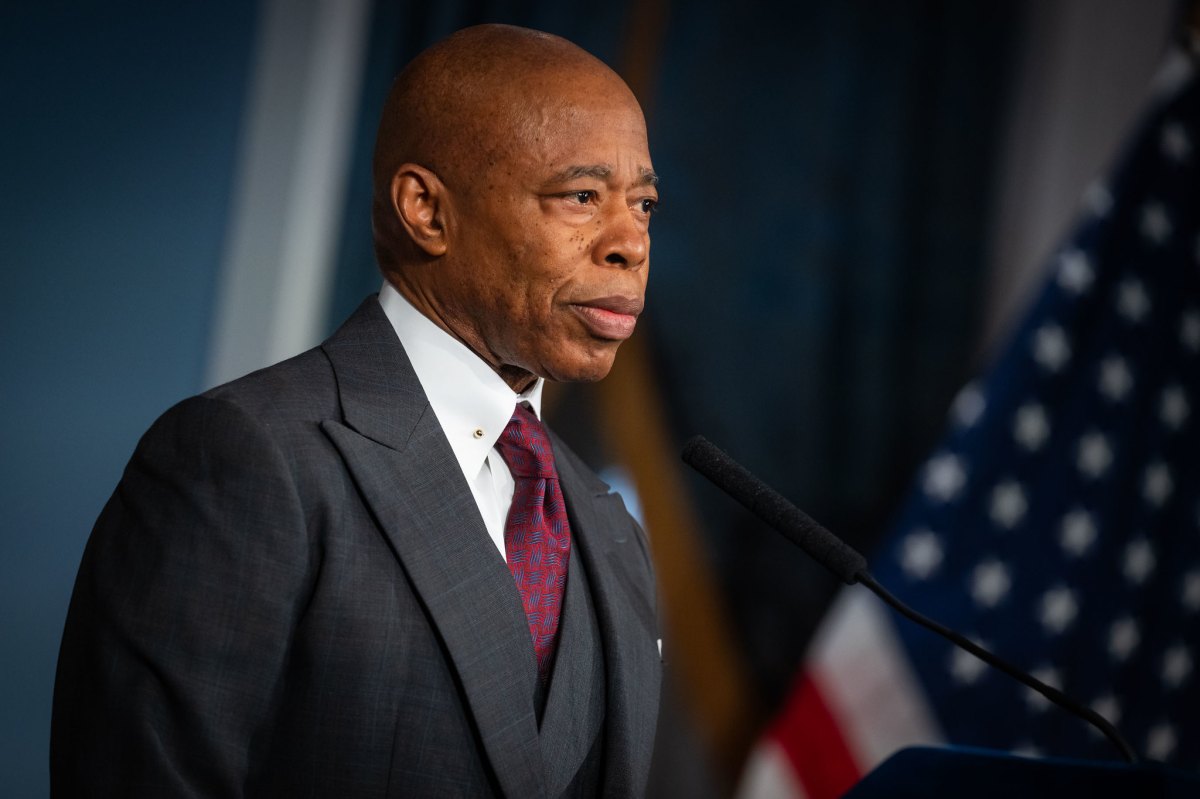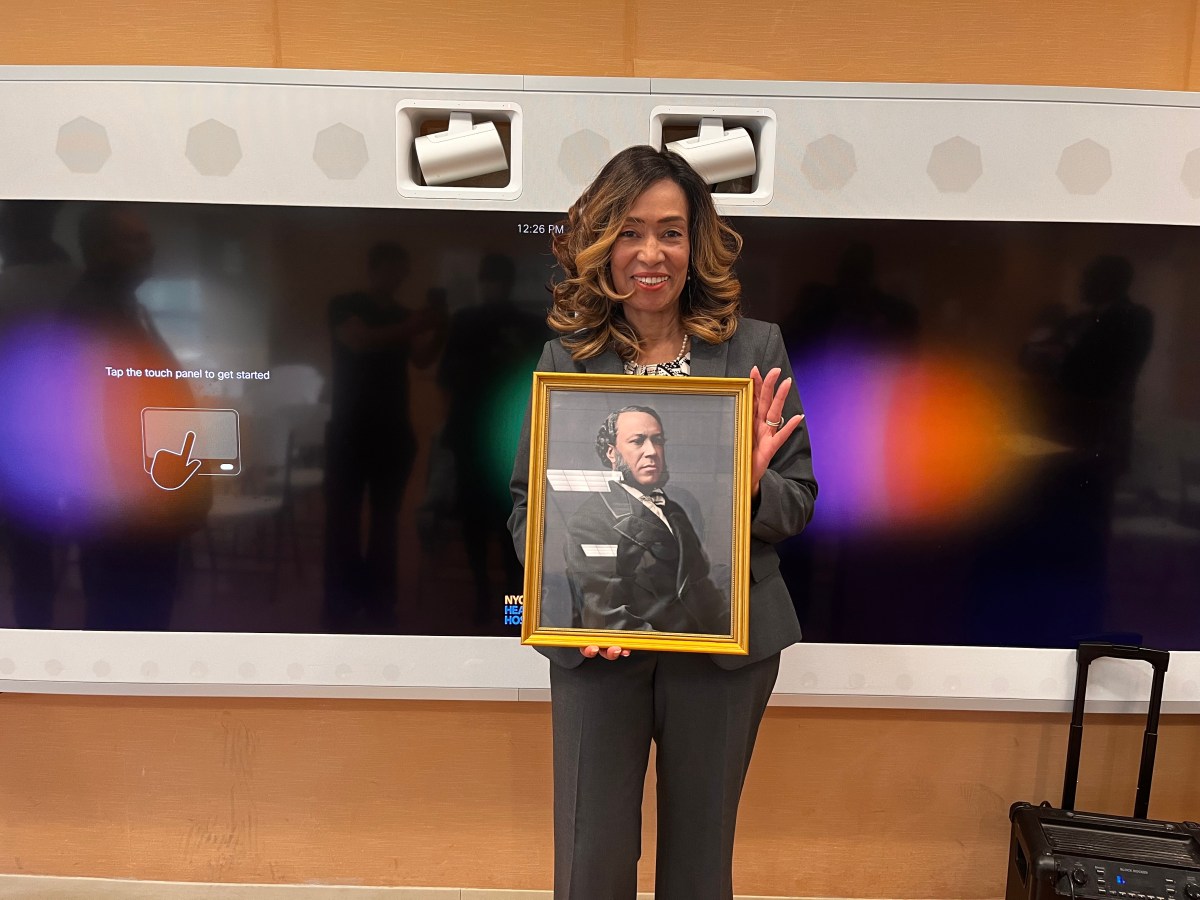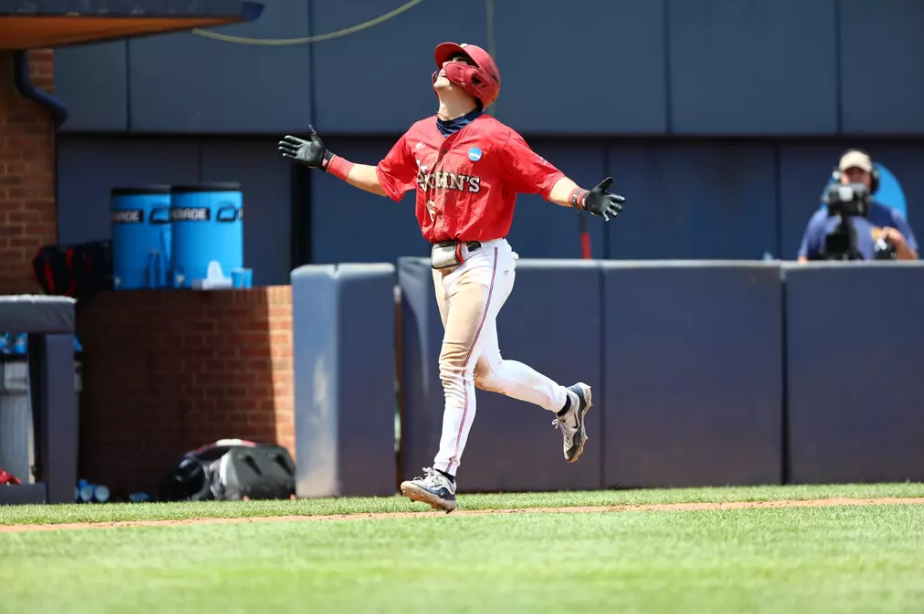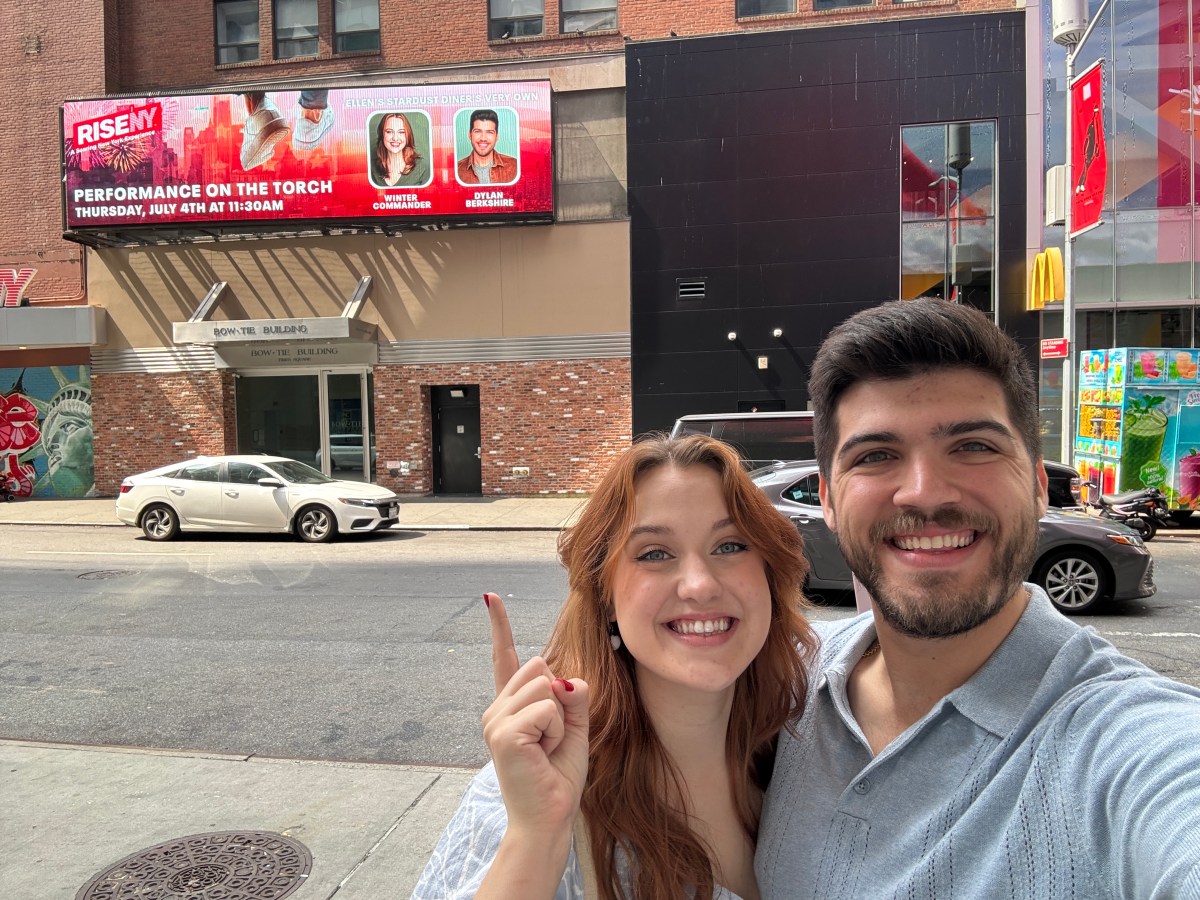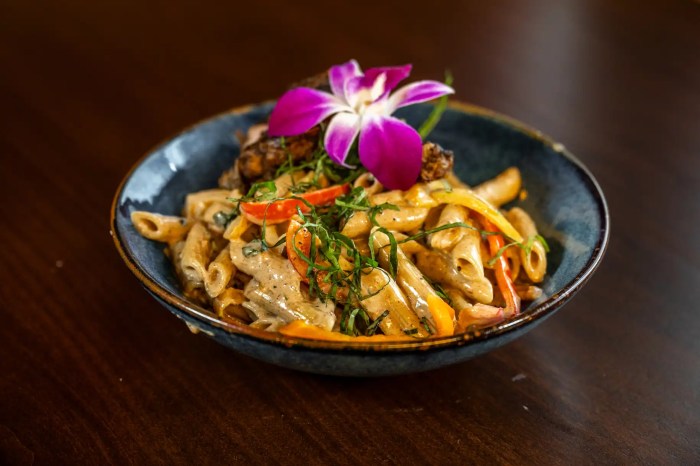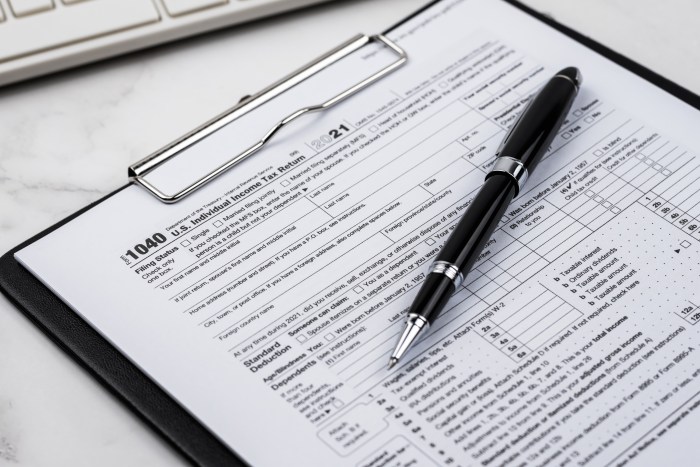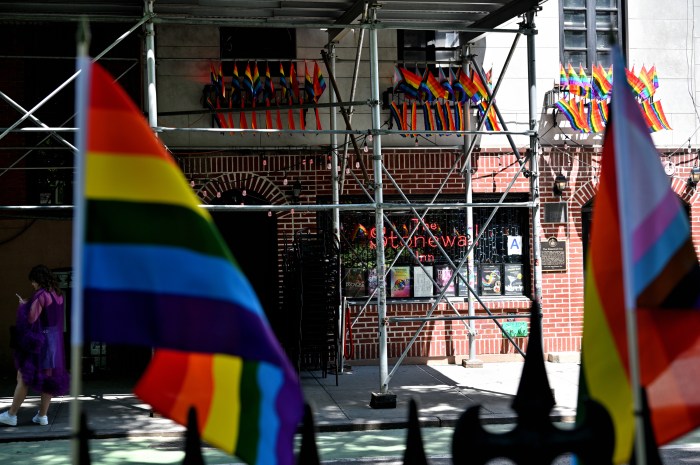If you know Dustin Pittman, you’ve probably been photographed by him. And if you’ve been to any cool event in Lower Manhattan you’ve seen him, in his Edie Sedgwick t-shirt, cool shades and a camera or two hanging around his neck.
Just his history — not to mention his photographic archive — deserves a book (more than one, actually), but we barely have enough space to cover the years from 1970-1974, when Pittman lived in a one bedroom apartment at 105 East 10th St., paying around $125 a month.
This was after he worked managing concession stands at Woodstock; after driving someone else’s Cadillac Eldorado to California with a detour through Texas to see Jimi Hendrix perform again (ask him about that trip, it’s quite a ride); and past the times growing up in the Adirondacks, where his aunt Dorothy dragged him off the farm to Alan Freed’s rock-and-roll shows as a kid.
That was all was before his tenure as a fashion photographer — a gig that saw him collaborating with designers such as Halston and supermodels like Iman, and getting published in Vogue, Vanity Fair and The New York Times, to name just a few.
“In 1970 I was at SVA,” Pittman recounts. “On 10th Street I lived on the same floor as Marcia Resnick and I was friends with Chris Stein, before anyone knew who they were. I was studying film and hanging out with the Warhol crew in the Hamptons on the weekends, so they ended up in my movies.”
Taylor Mead, for one, had an auspicious part in “Washington Crossing the Delaware,” a film that saw him making his entrance on a boat doing the famous Washington salute — in his underwear.




Jackie Curtis, Candy Darling, Holly Woodlawn and Ingrid Superstar — who introduced Pittman to Andy Warhol — all appeared in his student projects.
“I had amazing teachers,” Pittman recalls. “They would introduce me to people like Charlotte Moorman and Nam June Paik. Before showing the students’ film assignments, the professor would get us all stoned. It didn’t matter if the film clip being screened was shit, everyone would sit there saying, ‘wowww.'”
“In 1973 I shot my thesis for SVA, a documentary on the just-opened Pleasure Chest shop in the West Village,” Pittman informs us. “The owners demonstrated various dildos and sex toys. I shot a ‘B’ reel of S+M scenes with the crew totally naked to make the participants more comfortable.”
One particular sequence, which we will leave to your imagination, made the final cut in slow motion set to 1950s Flamenco music.
“You had the opportunity to roll with whatever you wanted,” he muses. “That was the magic of downtown Manhattan. You could create with no limits like a four-year-old.”
Nightlife included the low key spot Nobody’s on Bleecker, where the stars hung out before they were stars.
“Every f—ing night,” Pittman recalls, “Robert Plant, the Dolls, Hendrix — you could sit there and have a beer with Jimmy Page!”
Pittman worked on and off at the legendary 8th Street Bookshop, where the clientele included Diane Arbus, Allen Ginsberg, Truman Capote, William Burroughs and Robert Frank.
“Anybody who was anybody came through,” Pittman recalls.




Quality time was spent at Max’s Kansas City and the Fillmore East, where he saw “so many bands – The Who, Hendrix, Joplin, Led Zeppelin. I’d be in the pit taking pics next to Bob Gruen while we got pelted by beer cans. I wore leather pants and jacket so that no one would mess with me.”
He had a friend working the door and connections with record companies, so he was getting in free and attending the after show parties. Pics snapped at those events — after he attacked the buffet table and waited for the stars to have a few drinks — got sold to Circus magazine for $5 a print. Screw magazine and a gay periodical also provided him with some photographic opportunities.
He took his knowledge of cinema to Grove Press, where he ran the experimental film program. “I used to sit alone there at night and watch movies,” he says.
While he now lives in Chelsea, his spiritual home is definitely the East Village. It wasn’t just the art scene that kept him there, as he explains: “The great thing about the East Village and the Lower East Side was the mom and pop stores, the community. For 29 cents I got two eggs, toast, potatoes, bacon and coffee. I mean, those were the f—ing days. Free and easy. It was definitely a different time – I don’t care what anyone says. It was magical.”
Pittman posts his work regularly at @dustinpop on Instagram (a fraction of his archive, he says) and he can also be found at poparchives.com.
Read More: Gilmore girls’ guide to NYC: Spots Lorelai and Rory would probably hang out



